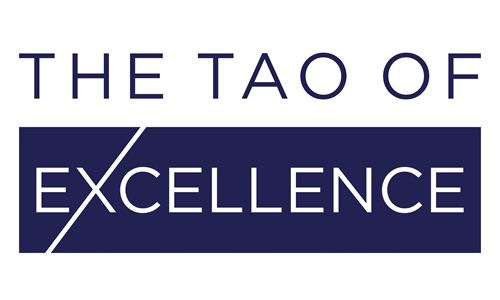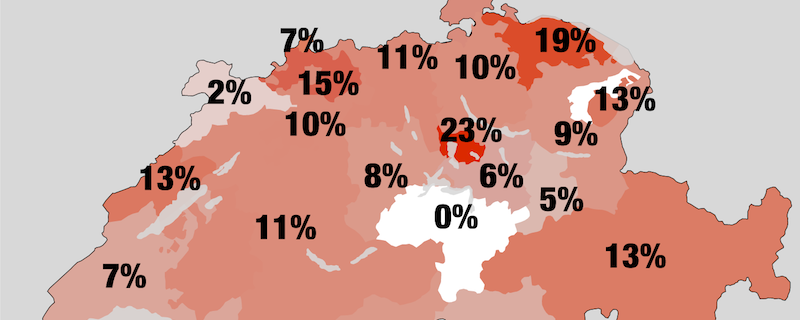The top university hospitals in Switzerland may be on the verge of changing the face healthcare. Under the direction of the Swiss Association for Clinical Cancer Research (SAKK), and with CHF 5 million in initial funding from Swiss Cancer Research (KFS), a new platform of Switzerland’s university hospitals is being set up to reduce the soaring cost of cancer cell therapy currently offered by the pharmaceutical industry.
As Laurina Waltersperger and Daniel Friedli recently wrote in the Swiss newspaper NZZ am Sonntag, and Andy Hoffman reported on for Bloomberg, “Cell therapies are the cancer treatment of the future.” Yet, as Roger von Moos, President of SAKK and chief physician of oncology at the Cantonal Hospital in Chur, has said, “We are convinced that such cancer therapies can be realized at significantly lower costs.”
To be precise, this pilot project could reduce the cost of the current commercialised process by as much as a third (around CHF 150,000–200,000 rather than the CHF 300,000 offered by big pharma).[1]
According to Thomas Cerny, who is co-developing of the new university platform and is the President of KFS and emeritus professor of oncology, the Swiss university hospitals of Lausanne, Bern, Basel and Zurich have the knowledge and infrastructure to produce this treatment, which would make Switzerland “a competence centre for cell therapy.”[2]
In this treatment, tailored to each individual, blood is drawn from the patient and sent to specialist laboratories for genetic processing—for example, “Swiss pharmaceutical giant Novartis AG sends blood to Germany for processing while Gilead Sciences Inc. sends cells to the U.S.”, further increasing its cost. Immune cells in the blood are then genetically modified before being returned to the body, where they are then able to recognise and destroy cancer cells. [3]
By utilising the expertise and infrastructure of Switzerland’s top university hospitals—of which Lausanne was this year named as one of the top ten hospitals in the world by U.S. magazine Newsweek (one of just two European hospitals on the list)— this initiative has done more that reduce the cost of the future of cancer treatment. [4]
If successful, this endeavour would free up a significant proportion of the total amount spent on cancer cell therapies in Switzerland. Hospitals could therefore redirect those funds to invest in other fields, such as new technologies and treatments that will enable them to address the financial pressures brought about by the aging population—a sector that is especially connected to cancer treatment as the risk of cancer increases with age.
According to data from United Nations published in the ‘World Population Prospects: the 2019 Revision’, 2018 was “the first time in history, persons aged 65 or above outnumbered children under five years of age globally” and the “number of persons aged 80 years or over is projected to triple, from 143 million in 2019 to 426 million in 2050.” In Switzerland, Jérôme Cosandey and Kevin Kienast report in their article ‘New Measures for Old Age Care’ for the thinktank Avenir Suisse, that by 2035 “the share of people aged 80 and above relative to the active population will have increased by 70% – and by up to 150% depending on canton.”[5]
The combination of healthcare initiatives—such as Swiss university hospitals’ collaboration to reduce the cost of cancer cell therapies by streamlining the process and utilising its local resources (a project that will no doubt be closely watched by countries around the world, and may apply to other treatments in the future as well)—and the availability of detailed data on Switzerland’s healthcare system—via public platforms such as opendata.swiss, which is managed by the Federal Statistical Office—provides medtech manufactures with the insight to predict where they should look to invest next.
Strategical intelligence through data analysis is a vital characteristic of Switzerland’s continuous improvement of its healthcare system.[6] It also an opportunity for manufactures to see and even predict the right innovations that will match market demands.
As an example of this, data strategist Yannik Messerli has created four infographics that highlight the operational costs of public and private hospitals in Switzerland in relation to sectors such as old age and rehabilitation (associated with the cost of cancer treatment). This data, taken from 2017 and sourced from opendata.swiss, gives us an impression of just the first level of insight manufactures can gain using data analytics.
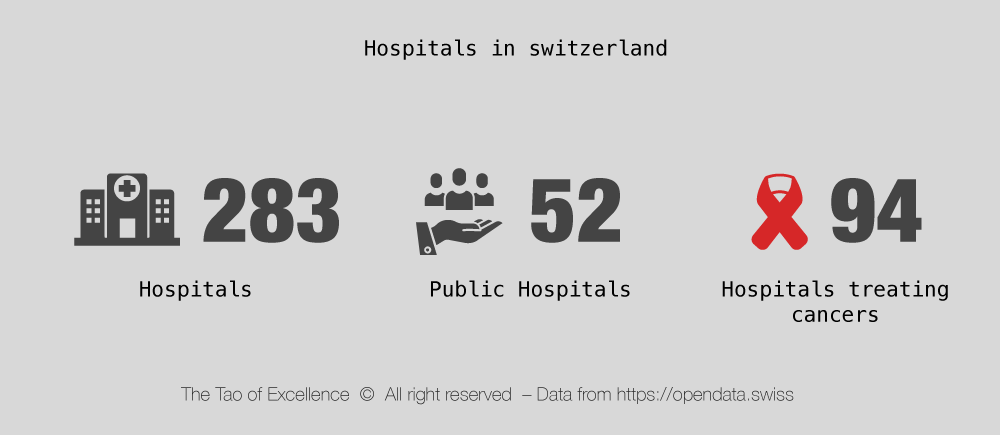
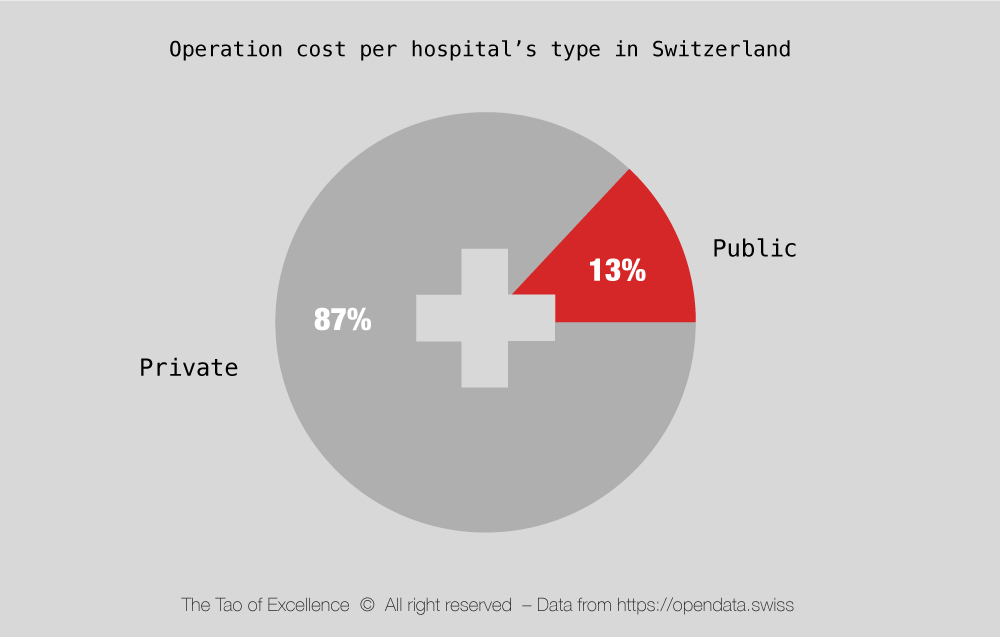
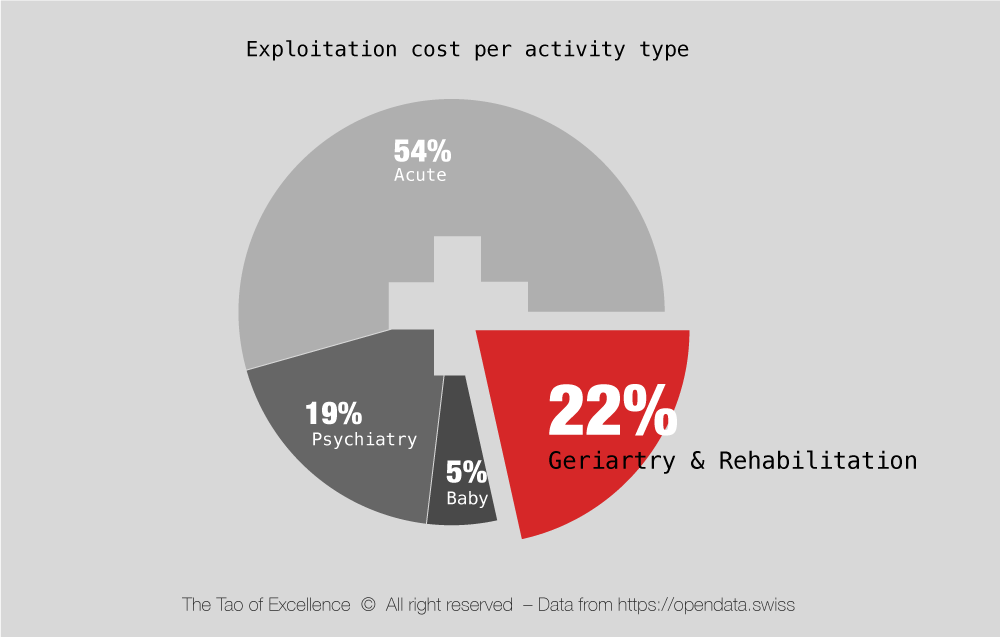
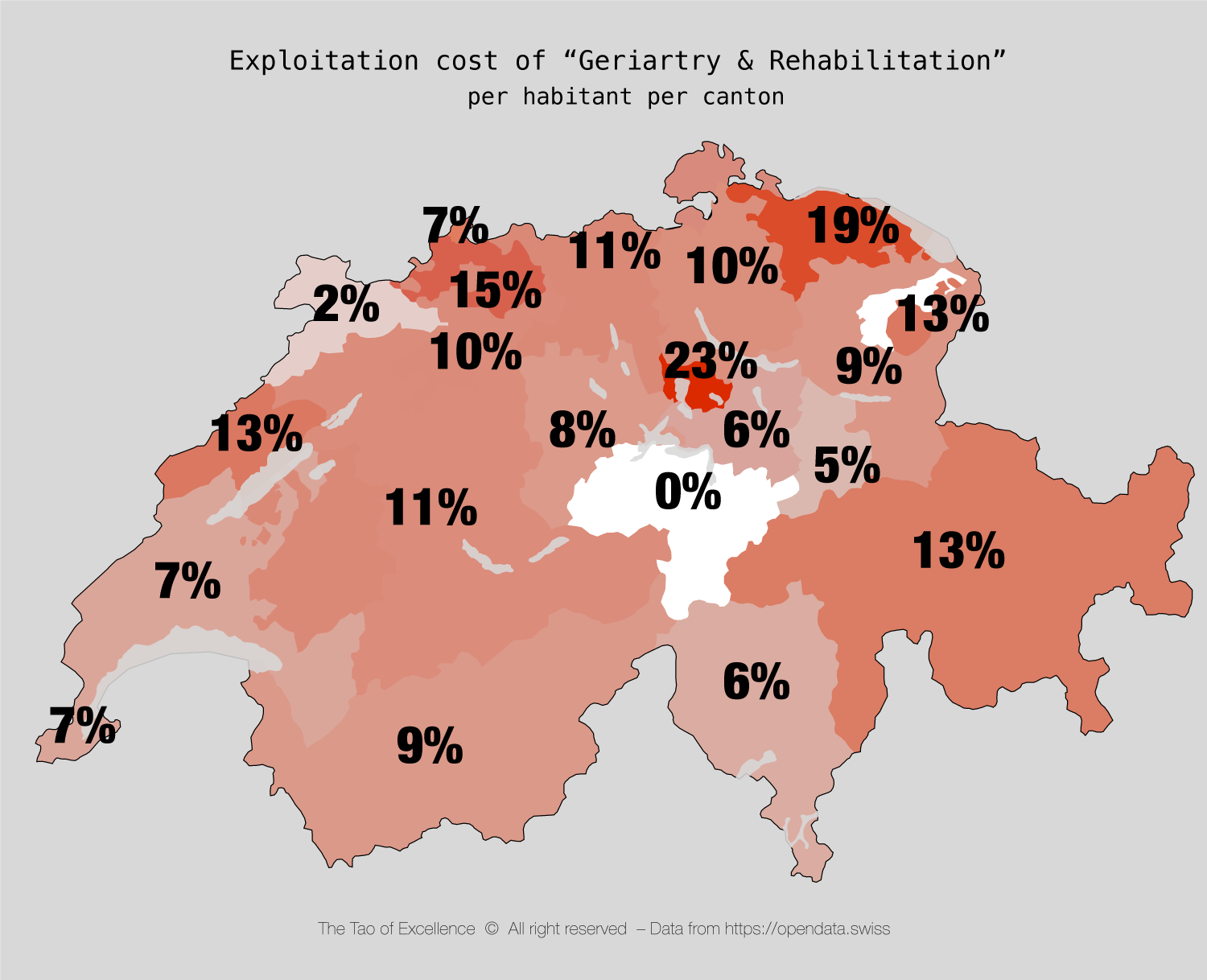
Contact The Tao of Excellence today to find out the best strategies to intelligently collect, analyse and process your data within the wider market context, as well as hands on support implementing new software, digital solutions and data analytics in your company.

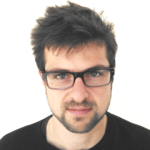 Henrietta Shirley and Yannik Messerli
Henrietta Shirley and Yannik MesserliPhone
+41 52 685 51 65
Email
[email protected]
Did you like this article? Follow us on LinkedIn and Twitter!
[1] Laurina Waltersperger and Daniel Friedli, Unispitäler steigen in die Krebstherapie ein, NZZ am Sonntag, 27 July 2019
[2] Ibid.
[3] Andy Hoffman, Swiss to Take On Big Pharma With Cheaper Cancer Treatment, Bloomberg, 28 July 2019
[4] swissinfo.ch, CHUV ranked among ten best hospitals worldwide, 22 March 2019
[5] Jérôme Cosandey and Kevin Kienast, New Measures for Old Age Care, Avenir Suisse, 14 June 2016
[6] Federal Office of Public Health FOPH, Comparisons and Analyses of Health Systems, 17 August 2018
